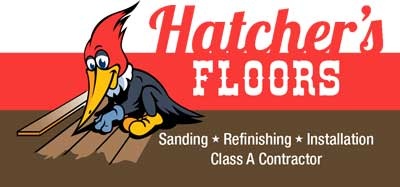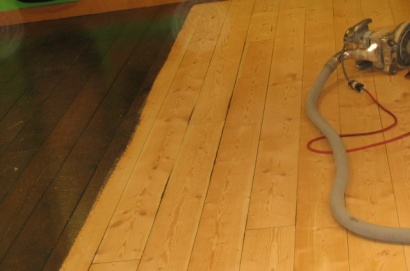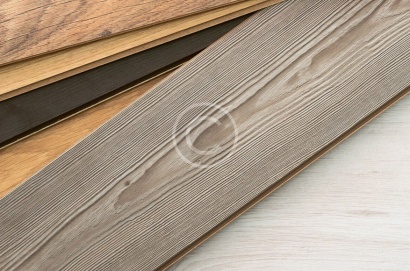Whether you have just moved into an older house or your current home’s hardwood floors are showing the tell-tale signs of wear and tear, it may be time to upgrade your hardwood floors. Healthy-looking floors are the easiest way to recreate your space and make your home feel brand new. It may be tempting to rip out the old wooden floors and start from scratch; however, a fresh coat of finish may be all that is needed to restore your hardwood floors to their former elegance. After all, some of the most appealing qualities of hardwood floors are their highly durable nature and ease of maintenance. Let’s look at some of the most common indicators that determine whether your hardwood floors should be restored or replaced.
Minor Scratches
Well-maintained hardwood floors could last up to twenty years without any significant treatment; however, even the best-kept floors will eventually be scuffed and receive minor scratches. The good news is that minor scuffs and scratches likely only damaged the finish of your hardwood floors. In this case, hardwood floor refinishing can do the trick. Simply sand down the old stain and finish and apply a new coat of sealant. High-quality hardwood floors can be restored between six to ten times before it is time to replace the hardwood.
Several Restorations
After a few restorations, installing new hardwood floors will be more beneficial and cost-effective. Since the restoration process involves sanding down the current floorboards and restraining and resealing the floors, over time, it may thin out your floorboards and damage their structural integrity. Exposed subfloor or building materials such as nails are another sign that it is time to replace the floors. This is usually more common in high trafficked areas in the home and occurs due to several restorations. It will be a much greater investment of your time and money to start over with new floorboards.
Major Scratches
Similarly, if you notice deep cuts or chips in your floorboards, it may be time to replace them. If the cuts, scratches, and chips are deep enough to pass through the sealant, moisture can seep into the wood, warping and rotting the boards from the inside out. While minor scratches and scrapes are inevitable, large areas of extensive wear may need more than a new finishing coat.
Water Damage
If your hardwood floors were exposed to excessive moisture, such as flood waters or plumbing issues, the wood is susceptible to rotting and warping. In turn, this will also lead to structural damage and mold. Water damage is a severe hazard to hardwood floors. Signs to look out for would be greyish discoloration in the wood. While a stained finish or restoration may hide the color change, the entire floor is compromised once the wood rots on the inside.
Contact a Hardwood Flooring Professional
Replacing your hardwood floors shouldn’t be a daunting task. Call a hardwood flooring professional at Hatcher’s Floors to walk you through the entire process of restoring or replacing your hardwood floors. To schedule a consultation or receive a free estimate for your flooring projects, call 703-451-0459.





